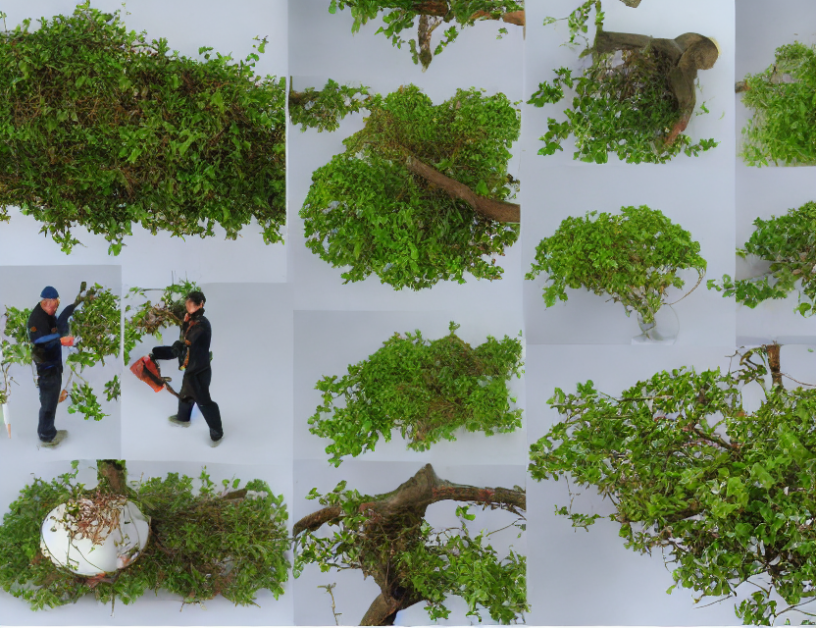Deep neural networks (DNNs) have become ubiquitous in various fields, including image recognition, natural language processing, and autonomous driving. However, these models lack formal guarantees of correctness, which raises safety concerns in critical applications like healthcare. To address this challenge, researchers proposed verification-friendly DNNs (VNNs), which are designed to be more robust against adversarial attacks. VNNs differ from traditional neural networks by adding a regularization term that encourages the model to produce similar outputs for different inputs. This approach improves the model’s resilience to small changes in the input data, known as perturbations.
The authors conducted an extensive evaluation of VNNs and compared them with straightforwardly pruned models (i.e., weights/biases set to zero below a threshold). They found that VNNs maintain comparable accuracy for smaller neural networks while significantly improving robustness for larger ones. Additionally, the authors applied their framework to two safety-critical medical applications, demonstrating its effectiveness in addressing real-world challenges.
Analogy
Imagine building a skyscraper without blueprints or quality control. Although the structure may seem impressive at first glance, it could collapse under slight tremors or changes in weather conditions. Similarly, deep neural networks can be vulnerable to adversarial attacks without proper verification techniques. Verification-friendly DNNs serve as a foundation like blueprints, ensuring that the building remains standing even when subjected to unexpected forces. By adding regularization terms, VNNs are more robust, like reinforcing the structure with extra support beams and foundations. This approach enables medical applications to maintain accuracy while remaining secure against potential threats.



